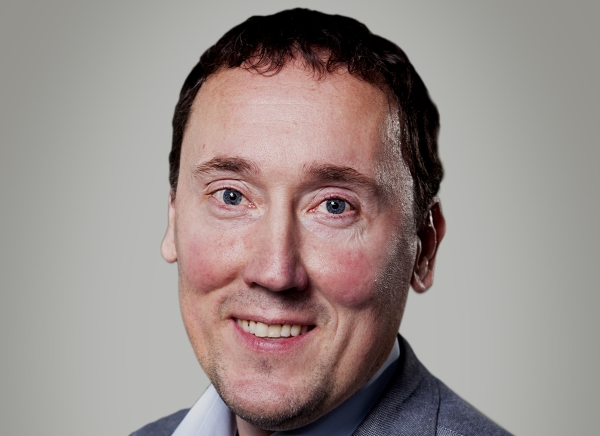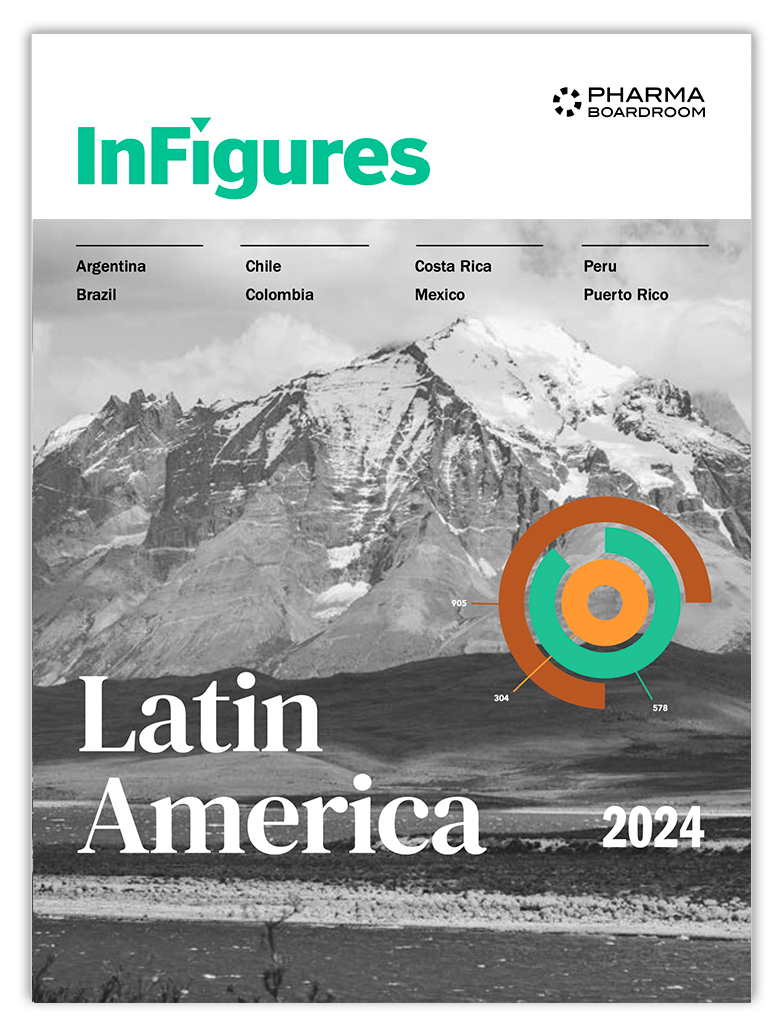Roland Lepik, cluster head Baltics at Sandoz, discusses the company’s strategy that has allowed it to rank number one in the Estonian market along with the importance of ever-closer collaboration with key stakeholders to enhance the uptake of biosimilars.
Roland, prior to joining Sandoz as Cluster Head Baltics you were Head Region Baltics at Novartis. Also, you are a board member at the APME. How has your experience helped you balance the interests of innovative and generic companies?
Many industry leaders and regulators believe that there is a significant difference between innovative and generic companies, which in fact share the very same cause: access to highly needed medicines for patients. As a matter of fact, innovative companies have a different business model and try to promote the uptake of innovative medicines, although Estonia lags behind in terms of innovation penetration. Generic companies here and in the other Baltic countries look at the high prices of innovative medicines and strive to reduce patients’ co-payments for the purchase of medicines, which in Estonia, Latvia and Lithuania is still significantly high.
At Sandoz, through our generic portfolio, we have the objective to improve treatment compliance and contribute to a more sustainable healthcare system. I believe that Novartis is an emblematic example of a company being a key player in the healthcare space by having both sides of the business, by enabling access to innovation, also taking care of the patients access and reducing the costs of the medicine for patients. This is the very reason why, in Estonia, we have one single association for both innovative and generic companies.
Can you talk our international readers through Sandoz’s relationship with the Baltics and the strategic relevance of the region relative to the rest of Sandoz’s operations in Europe and globally?
[Featured_in]
We have an established footprint in the Baltic markets where we are in touch with the most relevant stakeholders in the industry, ranging from governmental institutions, patients’ associations and healthcare professionals. Being part of Novartis is Sandoz’s competitive advantage in having leading presence as enterprise as well as in enhancing jointly access to high quality medicines for Baltic patients.
In terms of structure, we have about 100 employees, with majority based in the Lithuanian affiliate. Needless to say, Sandoz’s operations in the Baltic region cannot be compared to the global scale. Lithuania is the biggest affiliate and is contributing the most in terms of sales which account for 55 percent of the total regional revenues (EUR 50 million in terms of gross sales, source: IMS), whereas Estonia accounts for about 25 percent. Latvia is the third biggest. However, Sandoz Estonia has the highest market share and are the best in terms of positioning (achieved No1 ranking among Gx YTD Feb18). About 25 percent of our revenues come from the OTC segment, and the rest from prescription drugs in various therapeutic areas. I am very pleased about the Estonian performance, also because general practitioners are quite generic friendly in the country. While the Baltic region is still seen as a ‘virgin’ place, the pharmaceutical market is growing very well and moving towards becoming a mature market.
According to a WHO report, the Estonian authorities have so far not released an official position paper or policy document on biosimilars. As a leader in the area, how is Sandoz contributing to the production of biosimilars in the Baltic region?
[related_story]
Biosimilars are critical for the future of the healthcare system and for the future of Sandoz itself, yet penetration is very low in the region. Acceptance and understanding of the value and the science behind these medicines are at the basis of an increasing uptake of biosimilars and to this purpose Sandoz is jointly working with all the stakeholders to give more credit to biosimilars. I believe there is a concrete possibility to change the mindset.
Ultimately, biosimilars provide a bowl of oxygen to payers but still healthcare community do not seem to fully acknowledge the value behind them, thus treating them like any other generics. What in my opinion is very much needed is a close collaboration with healthcare professionals to raise awareness and communicate the significance and positive impacts that a biosimilar treatment can have on the patients and on the healthcare system as a whole.
There is an ongoing debate on the sustainability of the healthcare system and substituting expensive drugs for cheaper generics is a great favor on the state purse. How receptive are authorities of the uptake of generics?
Authorities as well as physicians are quite generic friendly in Estonia and in the Baltic region, but at the same time what contributes to our existing high patient co-payment is the fact that many patients are still prefer originators while there are high-quality generic alternatives, and this can only be explained by a strong brand-loyalty which, in turn, is related to lack of awareness. Government agencies such as the health insurance fund are doing a great work towards educating the people regarding the benefits of generics, but there are still a number of therapeutic areas for which patients are still widely using very expensive originators.
We tend to think of the Baltics as a single region in Western Europe. What do you perceive as the main differences between the three markets and how do you manage them?
The first specificity that comes to my mind is the stability of the three markets. Estonia is the most stable in terms of political framework and I see a lot of changes happening in Lithuania, which is also the place where most MNCs, use to enter into the region, set their regional headquarters. From an economic point of view, the three states have gone through considerable improvement. Economic growth, has contributed to the increase of purchase power, but also to Health Insurance fund and the reimbursement system, although its well known that investments into healthcare are still relatively low in our region. Latvia has by far the weakest reimbursement system of medicines but is slowly catching up. The governments of the three countries acknowledge the incapacity to extend the list of reimbursable medicines due to a lack of funds. Lithuania has, by far, the most turbulent market – the government has proposed to radically change the pricing system for generics. We consider this as a potential threat because if the Estonian government also decides to review the current pricing system in favor of a lower ceiling, we might be impacting companys ability to operate such small markets and eventually worsen access to medicine.
How do you plan to lead Sandoz to becoming number one in the Estonian market?
We are very ambitious and looking at our growth rates, especially in the OTC and thanks to the many upcoming product launches onto the Estonian market, I think this is a very achievable goal. 2018 started very promising as we have reached No 1 position already. Now we aim to hold on to it.







